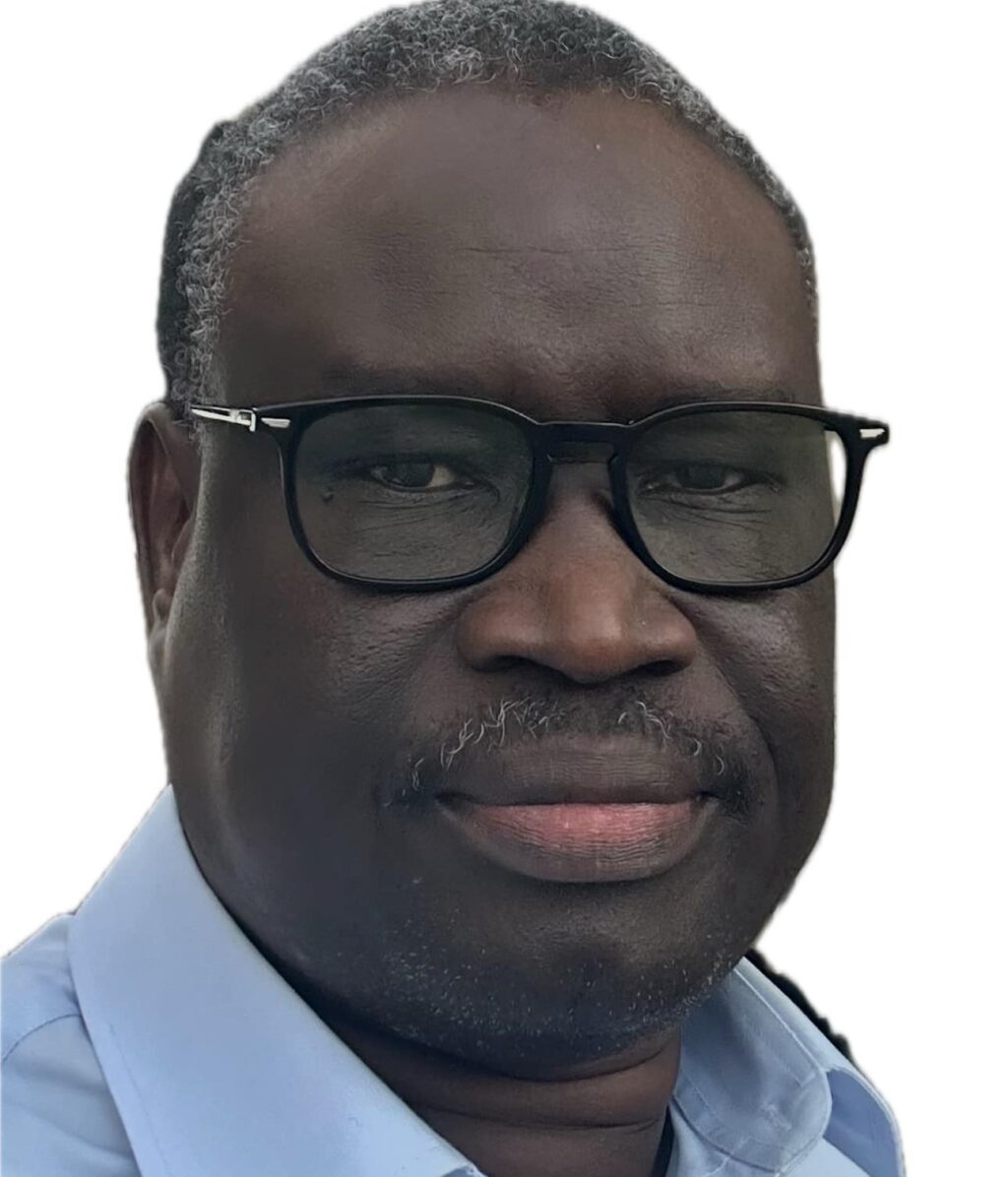Kenya has undergone one of the most complex and inspiring political transformations in modern Africa. Once marred by ethnic violence and deep political fractures—most notably during the 2007 post-election crisis—the country managed to pivot from near-collapse to a constitutional renewal and political reconciliation.
Unlike other authoritarian regimes in the region, Kenya’s moment of rupture did not result in the militarization of politics or a return to autocracy, but rather in a unique and evolving attempt to build a pluralistic state founded on a new social contract and institutional rationality.
To understand the current Kenyan model, it is essential to look beyond the electoral process and engage with its deeper philosophical and political underpinnings. The patriarchal governance that dominated Kenya from the era of Jomo Kenyatta through Daniel arap Moi, was based on traditional legitimacy: the leader embodied the tribe, and the tribe embodied the state. This model gradually eroded with the rise of civil society movements, the decentralization of political authority, and the growing public disillusionment with corruption and elite dominance. The 2007 violence exposed the limits of this tribal contract, pushing the state to reimagine its legitimacy on more inclusive, civilian grounds.
The Grand Coalition Government that followed was not merely a political compromise but a foundational moment that led to the 2010 Constitution—a transformative document that reframed citizenship, institutional accountability, and the architecture of political representation. Rather than derive legitimacy from ethnic identity, Kenya began to define itself through legal principles and decentralization aimed at equitable power distribution.
While the ethnic composition of political alliances persists, the state now operates within a constitutional framework that elevates institutions over personalities.
Importantly, Kenya does not constitute an “ethnic state” in the formal sense. Its Constitution does not institutionalize ethnicity or recognize tribal identity as a basis for rights and governance. Although ethnic discourse still influences election campaigns, it no longer determines the core structure of the state. Instead, ethnic plurality is negotiated within legal and political processes, not dictated by them.
What differentiates Kenya from neighboring systems like Uganda, South Sudan, or even Tanzania, is that it does not view the opposition as an existential threat. Rather, opposition leaders are often incorporated into governance frameworks as partners in maintaining order. The now-famous “Handshake” between President Uhuru Kenyatta and Raila Odinga in 2018 was emblematic of a shift from confrontation to negotiation, signaling a transformation in Kenya’s political culture from zero-sum conflict to institutionalized pluralism.
This model can be best described as a form of “post-ethnic consensual pluralism”. It was a departure from overt ethnic domination while still acknowledging cultural diversity and working to mediate it through legal and civic instruments. This is not a wholesale application of Arend Lijphart’s consociational democracy, but rather an African hybrid—blending traditional social dynamics with a modern constitutional identity.
While still fragile and susceptible to political backsliding, Kenya’s approach offers a rare and valuable African experiment in building a political order that integrates divergent identities. At a time when many African regimes were sliding into authoritarianism or ethnically exclusive politics, Kenya is striving to create a national political space that is both open and structured—recognizing its divisions, yet refusing to be defined by them. It is a model still in transition, but one that offers answers to a central question for postcolonial Africa: How can a state be built without tearing society apart?
While Kenya has moved toward a post-ethnic, pluralistic system, its regional counterparts—Uganda, Tanzania, and South Sudan—remain entrenched in authoritarian or patriarchal governance models that treat opposition politics as a threat rather than a legitimate democratic force.
In Uganda, the political landscape remains heavily securitized under President Yoweri Museveni. Opposition leaders such as Kizza Besigye and Bobi Wine have faced repeated arrests, house arrests, and systematic intimidation. The state apparatus equates dissent with subversion, leaving no room for meaningful political pluralism.
Tanzania, while historically more stable, has experienced a democratic backslide, particularly under former President John Magufuli, whose administration curtailed freedoms of expression and association. Opposition figures were routinely harassed, and the electoral process became increasingly opaque and manipulated. Although current leadership may suggest a softer tone, institutional authoritarianism remains largely intact.
South Sudan, as a relatively new state, suffers from a militarized and ethnically fragmented political system where opposition is often labeled as rebellion. Key figures such as Riek Machar oscillate between political negotiation and armed conflict, reflecting a system where power is seen as indivisible and monopolized by military elites. The state lacks a social contract capable of accommodating dissent without violence.
In contrast, Kenya’s integration of opposition leaders through structured political processes demonstrates that negotiated pluralism can offer a sustainable path to stability. The ability to convert conflict into consensus, and opposition into institutional participation, remains a distinguishing feature of Kenya’s evolving democracy.
The author, Samuel Peter Oyay, is a South Sudanese political activist, strategist, and commentator with over two decades of experience in governance and management. He can be reached on samualjago@yahoo.com
The views expressed in ‘opinion’ articles published by Radio Tamazuj are solely those of the writer. The veracity of any claims made is the responsibility of the author, not Radio Tamazuj.




